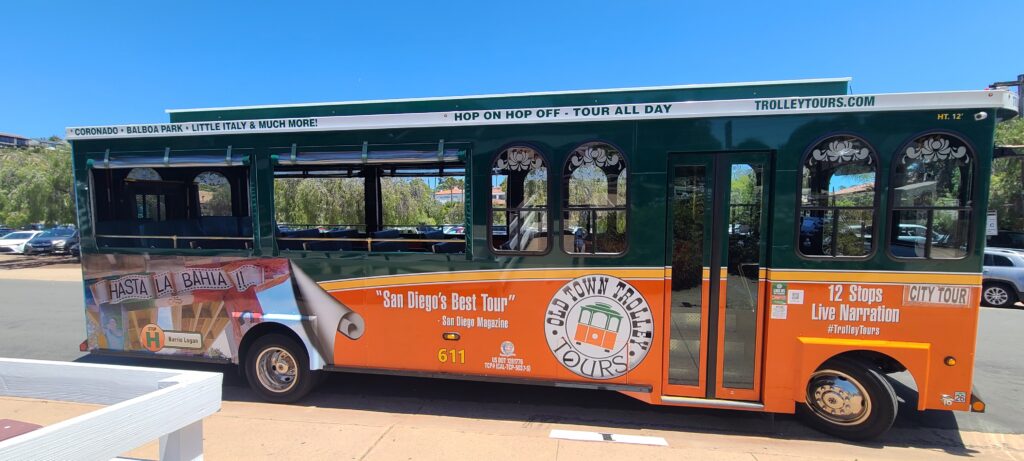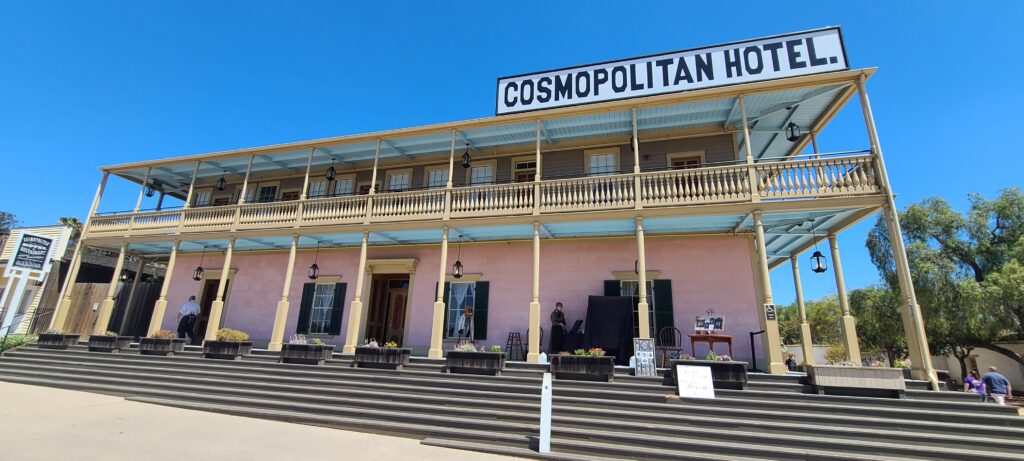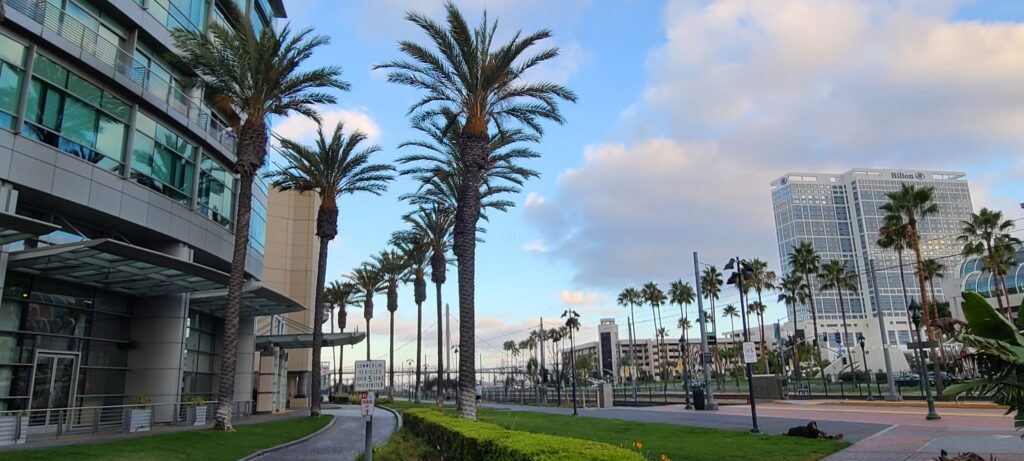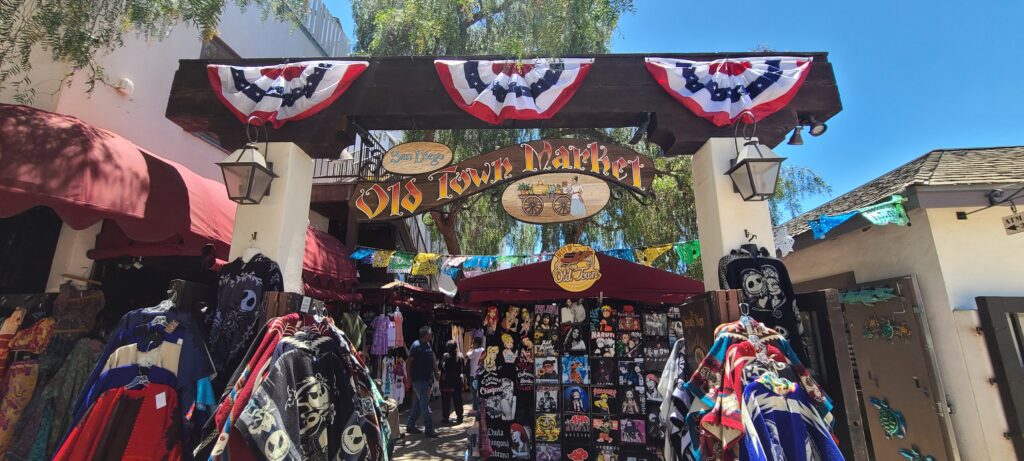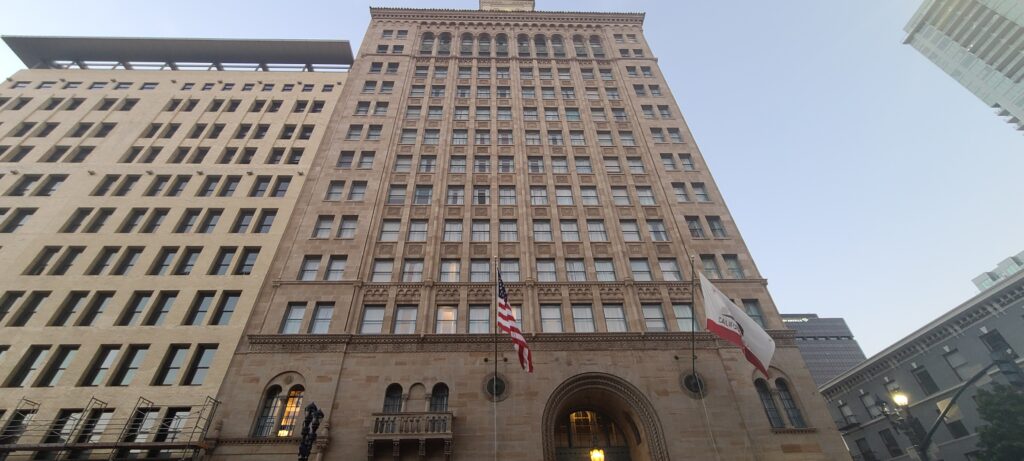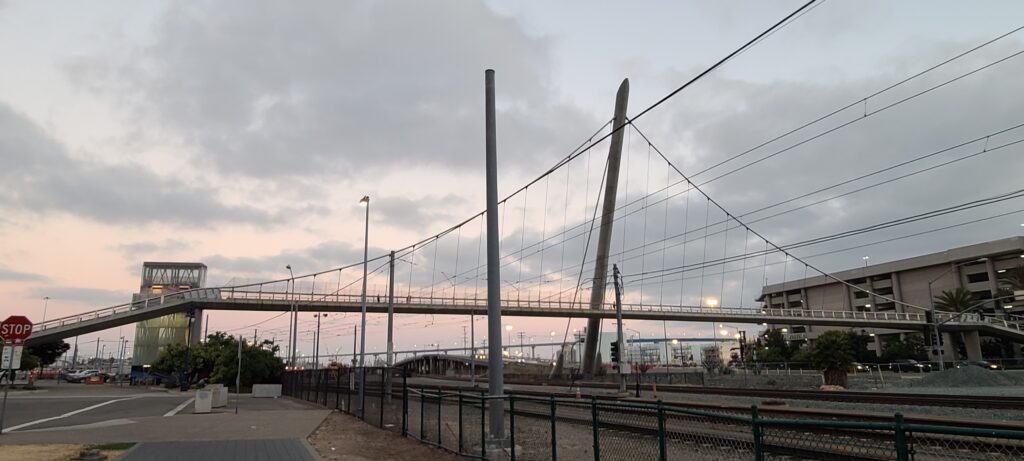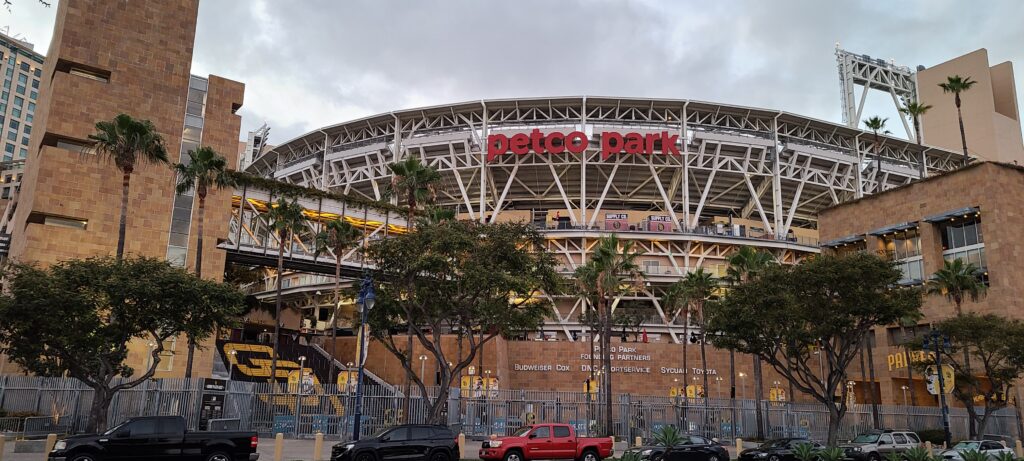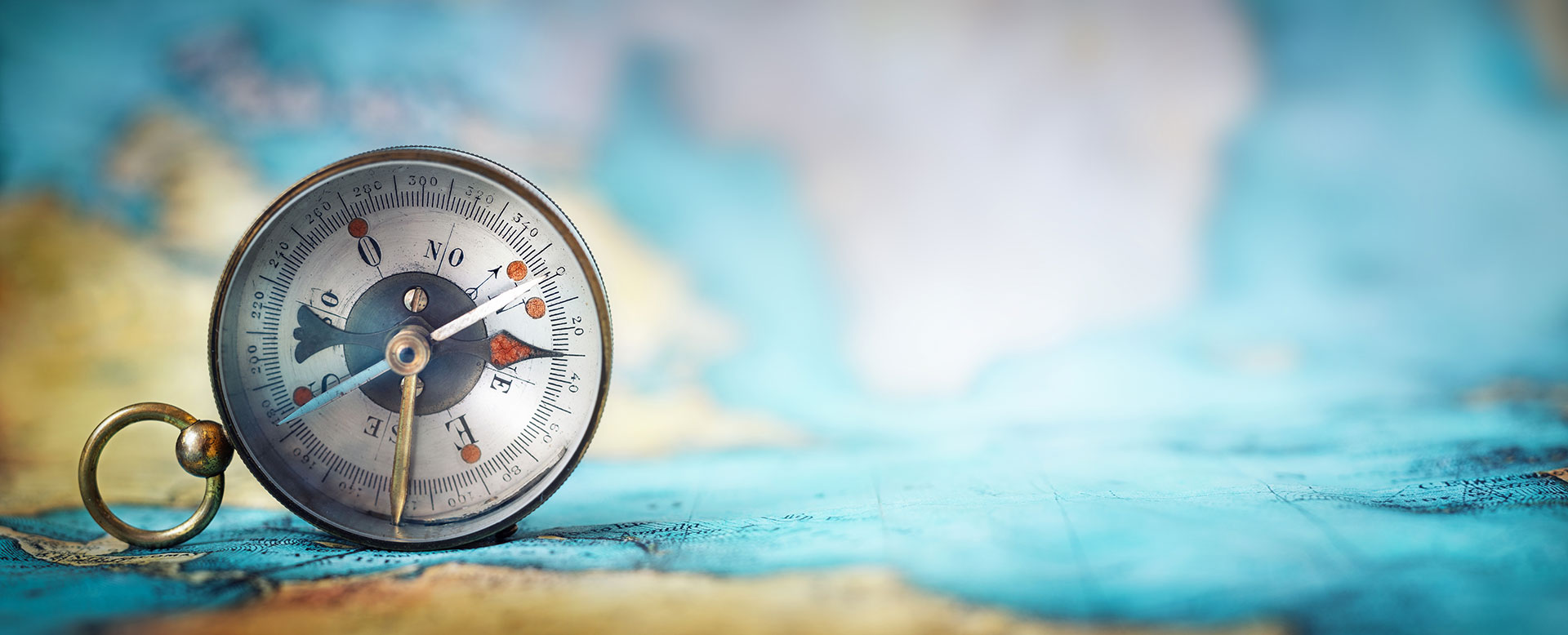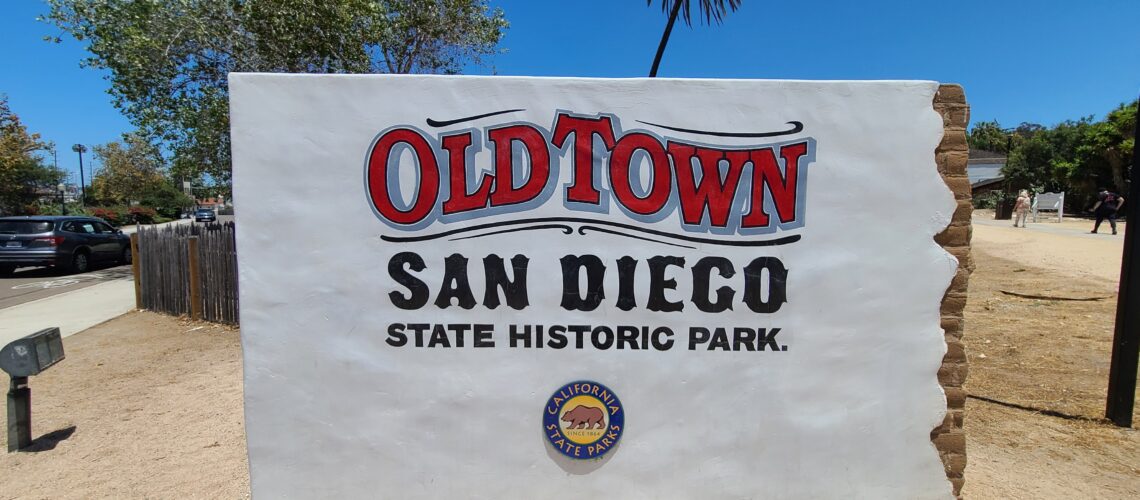
September 3, 2022
California small towns – San Diego: part 1- short history and basic facts
Founded in 1769, San Diego is the oldest city in California. It is also the second largest city in California and the eighth largest in the United States. San Diego is located in the southwestern tip of California, on the border between the United States and Mexico. It is home to 1.3 million inhabitants, with many universities and good beaches for swimming and surfing. It is also known for its ideal climate, bio and communication technology, long history, nightlife and ethnic diversity. There are several military bases in and around San Diego.
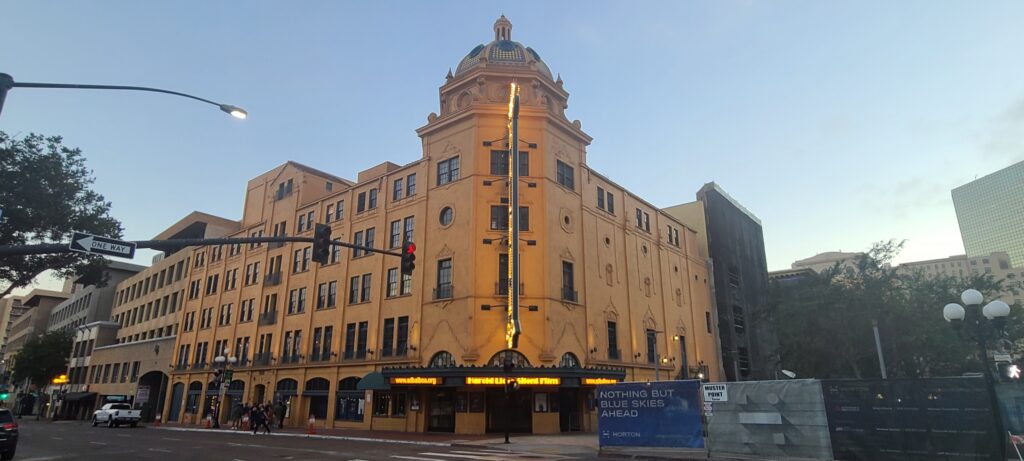
History
The area was long inhabited by the indigenous people of Kumeyaay (also known as Diegueño by later Spanish settlers) who lived off the land and created a proud culture. Europeans first visited the region in 1542, when Portuguese explorer Juan Rodriguez Cabrillo, flying the Spanish flag, captured the bay for the Spanish Empire and named it San Miguel.
In November 1602, Sebastian Vizcaíno was sent to the area to map the California coast. Arriving with his flagship “San Diego”, Vizcaíno explored the port and what is now Mission Bay and Point Loma, renaming the Spanish Catholic Saint Didacus (more commonly known as San Diego).
In the nineteenth century, San Diego passed from Spain to Mexican and then into American hands. In 1850, a few years after the United States took control of California, San Diego was officially declared a city. Due to the large expansion into western California, centered on the gold rush and San Francisco, American influence was coming to San Diego very slowly. Ultimately, however, in the later decades of the nineteenth century, the railway reached San Diego, which resulted in the further development of the city and the creation of downtown and its surroundings.
The US Navy built the Point Loma or Coal Station in 1907. Ten years later, a naval station was established on the island of Coronado. In later years, the navy gained an increasingly important role in the city’s economy. Today, San Diego is home to the Navy’s Pacific Fleet and a favorite shipping destination.
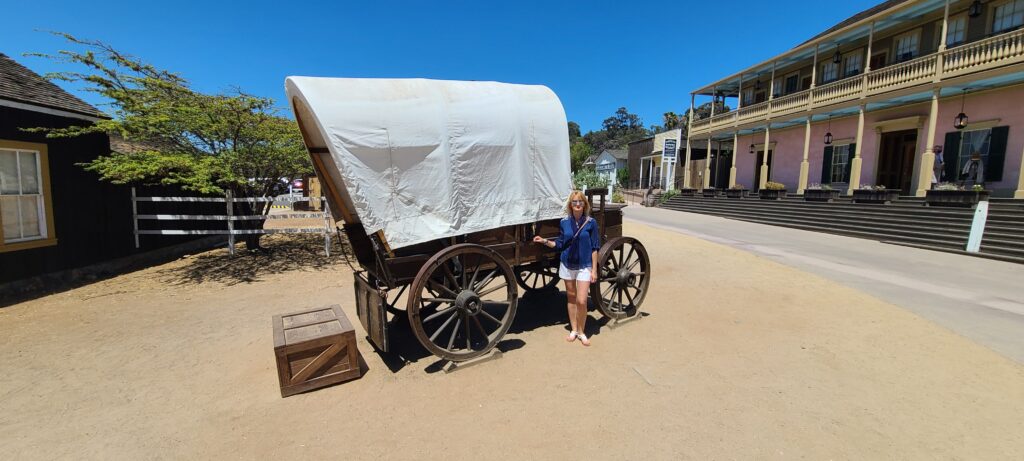
Downtown
In 1867, Alonzo Erastus Horton bought 960 acres of land on San Diego Bay after he decided that the city center should be here, not the Old Town, a site chosen by the Spaniards for security reasons. Soon Horton found itself in the middle of an economic boom, which resulted in the creation of the southern districts, which is the area of today’s Gaslamp district. However, in the late 1880s, Horton’s fortune was over and Gaslamp began to deteriorate. At the same time, John D. Spreckels, a wealthy entrepreneur who built a transportation and real estate empire in San Diego, began to develop land north of what is now Broadway, contributing to the decline of Gaslamp.
Over the decades, the center has fallen into disrepair as investments in the suburbs took a toll on the central city. Redevelopment work began in the 1970s, and in the 1980s the area began to bounce with the completion of Horton Plaza, the Convention Center and the commencement of revitalization activities in the Gaslamp district.
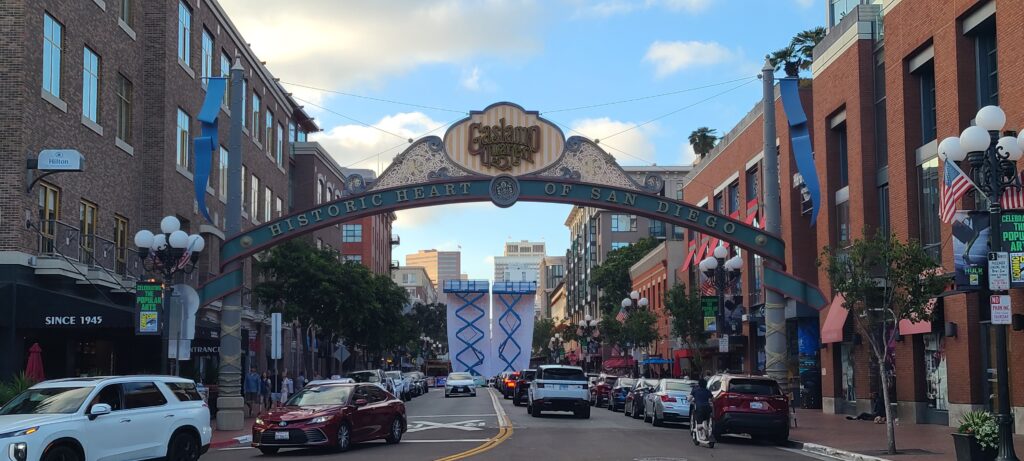
Districts
Downtown San Diego is divided into several individual neighborhoods, each with its own attractions and personality.
In the very center of the city is Columbia, which runs along Broadway. Columbia is largely a commercial district and is home to most of the city’s tallest buildings, a train depot, and a good portion of the waterfront, including the USS Midway Museum, the Maritime Museum, a cruise ship terminal, and a ferry dock.
To the east of the Marina is the Core shopping and government center and the Horton Plaza district, with its great shopping mall.
North of the main business district there are several quieter neighborhoods – Cortez Hill, situated on a hill in the north of downtown, is primarily a residential development near Interstate 5, named after the historic Hotel El Cortez, the tallest building on the hill.
Closer to the waterfront, at the northwest end of downtown, is Little Italia, a district originally home to Italian fishermen, now a neighborhood of shops, restaurants and parks with an Italian theme.
On the south side of downtown there is a Marina which is a highly developed seaside agglomeration, with skyscrapers, hotels, a congress center and the Seaport Village shopping center.
North of it is the historic district of Gaslamp, which was not only the birthplace of downtown, but also the focal point of the first revitalization efforts in the city center in the 1970s. Today the district is the center of the city’s nightlife; a thriving neighborhood of historic buildings, shops, theaters and restaurants. Capitalizing on Gaslamp’s success, the East Village in the southeast of downtown is undergoing a construction and revitalization boom, stimulated in part by the Padres San Diego playing field in the neighborhood.
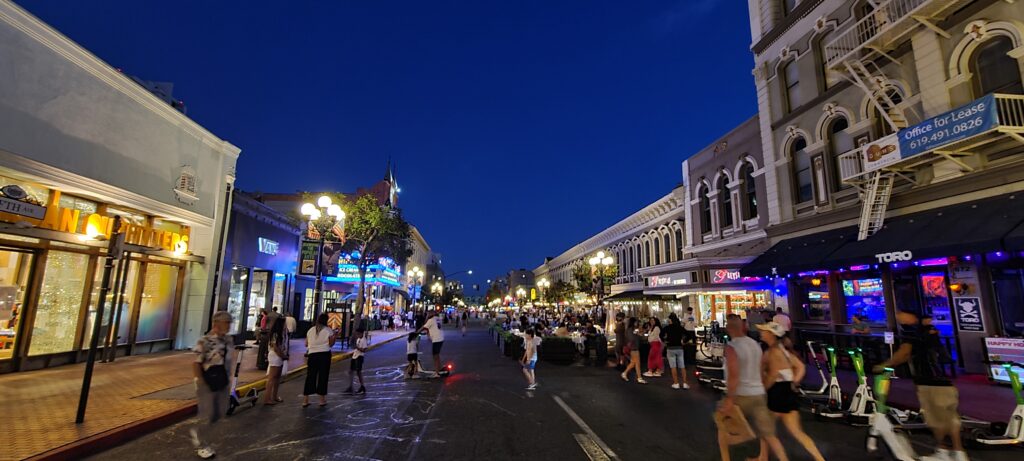
Transport
The center of San Diego is very extensive but densely built so that it is usually easy to walk around and it is quite safe to walk, even at night.
Car
There are three highways running through San Diego – I-5, SR-163 and SR-94
Downtown is one of the few areas of San Diego where parking is expensive and difficult to find during special events (such as the Padres games at PETCO Park). You can park in the garage in Westfield Horton Plaza free of charge for up to 3 hours as long as you validate your ticket at the small validation machines located in the mall.
Public transport
The Metropolitan Transit System (MTS) has bus connections to nearly all parts of the county. The MTS office is centrally located at 102 Broadway (at the intersection of Broadway and First Avenue) where you can buy passes, find schedules, and obtain information on the San Diego Trolley bus and tram system.
